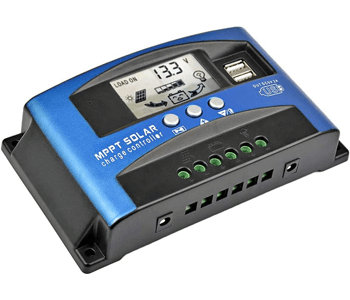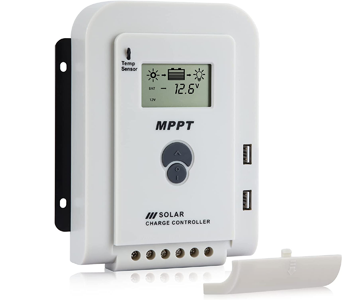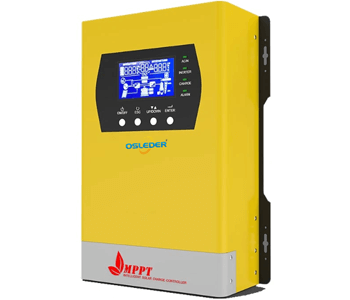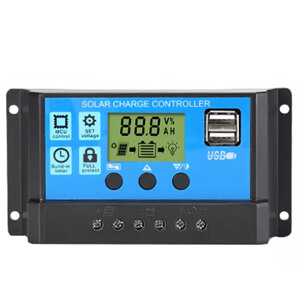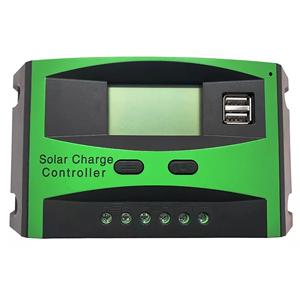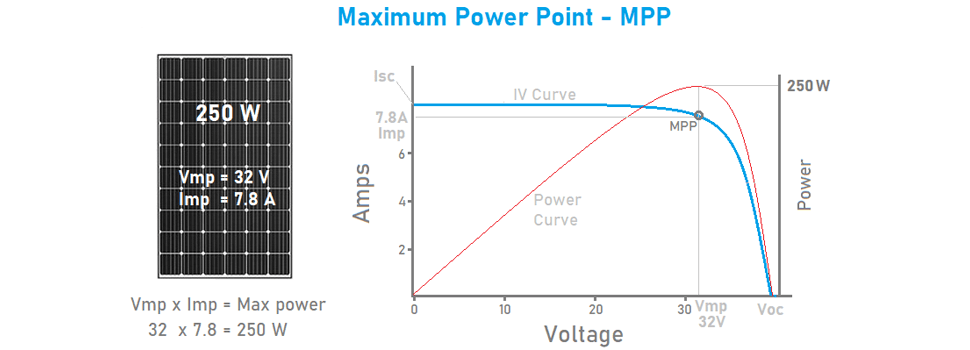You are here: Home » Products » Solar Power System » Solar Charge Controller
Solar Charge Controller
The solar charge and discharge controller is an automatic control device used in the solar power generation system to control the multi-channel solar cell array to charge the battery and the battery to supply power to the solar inverter load.
It regulates and controls the charging and discharging conditions of the battery, and controls the power output of the solar cell components and the battery to the load according to the power demand of the load. It is the core control part of the entire photovoltaic power supply system.
We offer two models, the more advanced Maximum Power Point Tracking (MPPT) and the industry-standard Pulse Width Modulation (PWM).
MPPT Solar Charge Controller
PWM Solar Charge Controller
What Is A Solar Charge Controller?
A solar charge controller, also known as a solar regulator, is basically a solar battery charger connected between the solar panels and battery. Its job is to regulate the battery charging process and ensure the battery is charged correctly, or more importantly, not over-charged.
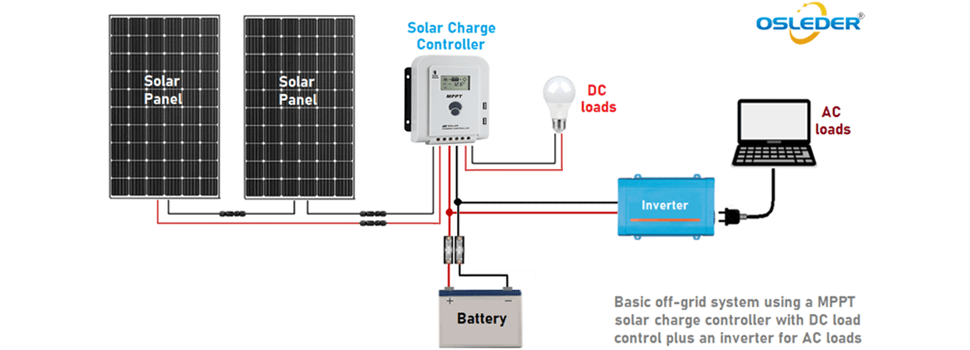
Modern solar charge controllers have advanced features to ensure the battery system is charged precisely and efficiently, plus features like DC load output used for lighting.
MPPT Vs PWM Solar Charge Controllers
There are two main types of solar charge controllers, PWM and MPPT.
Simple PWM, or ‘pulse width modulation’ solar charge controllers, have a direct connection from the solar array to the battery and use a basic ‘rapid switch’ to modulate or control the battery charging. The switch (transistor) opens until the battery reaches the absorption charge voltage. Then the switch starts to open and close rapidly (hundreds of times per second) to modulate the current and maintain a constant battery voltage.
A maximum power point tracker, or MPPT, is basically an efficient DC-to-DC converter used to maximise the power output of a solar system.
The functioning principle of an MPPT solar charge controller is relatively simple – due to the varying amount of sunlight (irradiance) landing on a solar panel throughout the day, the panel voltage and current continuously vary. In order to generate the most power, an MPPT sweeps through the panel voltage to find the sweet spot or the best combination of voltage and current to produce the maximum power. The MPPT continually tracks and adjusts the PV voltage to generate the most power, no matter what time of day or weather conditions. Using this clever technology, the operating efficiency greatly increases, and the energy generated can be up to 30% more compared to a PWM charge controller.
What to Look For When Choosing the Best Solar Charge Controller
Off-grid solar power systems have four major components: a solar panel for collecting energy, a charge controller for regulating it, a battery for storage, and an inverter for use. If a solar controller is the missing part of this equation to install your system, there are several things to consider before purchasing one.
Size
The size of the solar charge controller will depend on how many watts you need to collect from the sun. To calculate the current capacity required, figure out how many amps your system normally produces and add 25 percent to account for temporary increases in current levels. When in doubt, it’s always better to go too big than too small. Using a solar charge controller with too few amps can negatively affect the system, but using a controller that’s larger than you need will not cause any issues.
Type
The charge controller’s technology is available in two options: pulse width modulation (PWM) and maximum power point tracker (MPPT). A PWM controller works by establishing a direct connection between the solar panels and the battery. On the other hand, MPPT controllers measure the solar panel’s voltage which is then down-converted to match the battery’s voltage, helping to increase the current.
Batteries
It’s important to consider what type of battery you’ll be charging. Whether it’s lead acid, sealed lead acid (AGM and Gel), or lithium-ion, you’ll want to ensure that the solar charge controller is compatible in order for the controller to function.
Fill out my online form.

